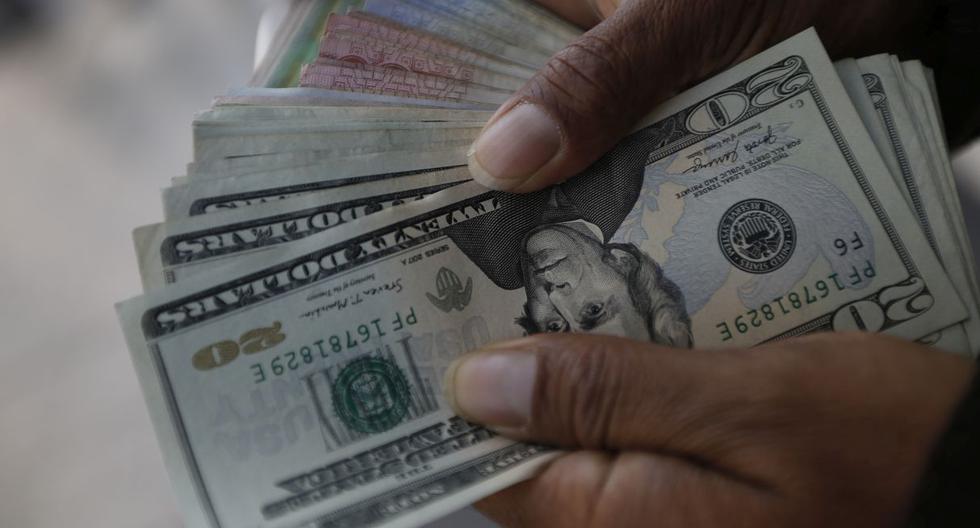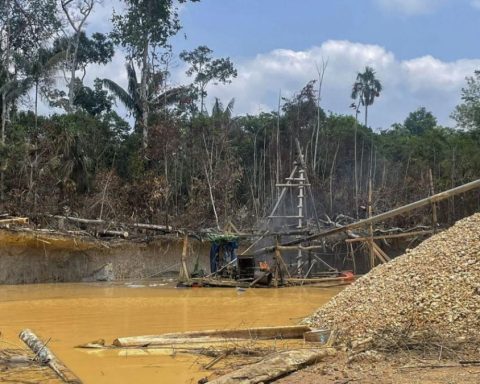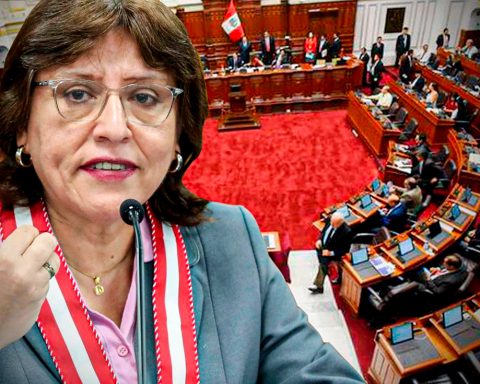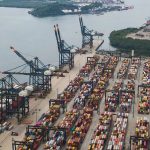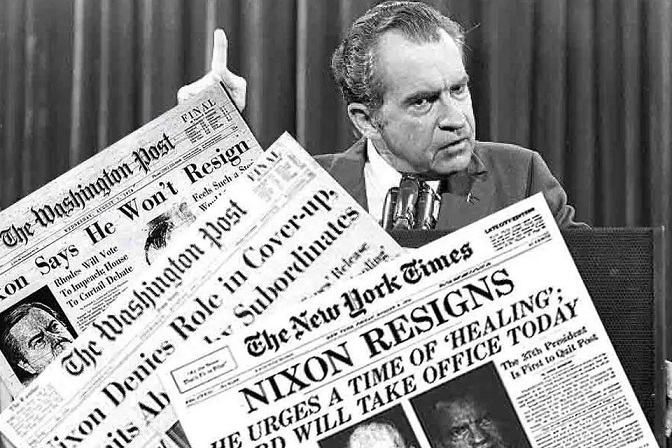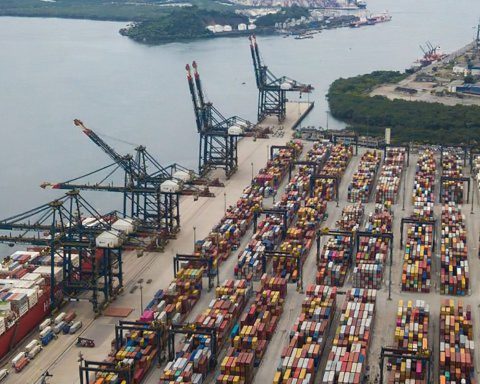During the last few weeks the dollar has embarked on a powerful escalation globally. In the country, the exchange rate touched S / 4, while the regional economies do not have such a good time either. What is behind this phenomenon and when is the greenback going to stabilize?
This week the exchange rate ended up trading at S/ 3,905, with a slight drop in recent days due to the payment of the National Holiday bonus. What does ‘free’ have to do with the dollar? Well, companies sell their dollars to pay for this benefit and the greater presence of this currency in the local market pushes the price down.
LOOK: Euro falls below the dollar for the first time since late 2002
This situation, however, is temporary. The trend continues to rise. According to the CEO of Tucambista, Jorge Chang, the behavior of the US currency is due to two components: one global and one local.
inflation and recession
The dollar is appreciating globally. The main reason is inflation in the United States, which stands at 9.1%. The expert explained that with the post-pandemic economic reactivation, demand rises, which generates a certain shortage, and if this is added to the lower availability of products due to various factors (conflict between Russia and Ukraine, for example), prices rise.
In response, the Federal Reserve (Fed) adopts a contractionary policy with the aim of making credit more expensive. That is to say, it raises its interest rate to make it more expensive to borrow, then it is more difficult to access liquidity, and therefore, consumption should fall and combat inflation.
In response, investors prefer to take refuge in a currency that represents greater stability, such as the dollar, which pushes its value up.
“In order for people to have less access to credit, the Fed raises the interest rate. If it is more expensive for you to borrow, you start spending less. The problem is that when you start spending less, at a certain point you start to enter a period of recession”Chang stressed.
According to the executive, in a scenario of lower demand, the volatility of local currencies, such as the sol, peso or real, rises. And if these currencies are volatile, investors will turn to the dollar as a refuge asset, and the greenback becomes more expensive again.
political uncertainty
In Peru, currently, the economic actors have already assumed the instability of the Pedro Castillo government, as well as the various political crises. A year after he became president, no companies have been nationalized or doors closed to foreign investment.
However, the first months of the Government were key to the performance of the sun. The uncertainty generated by the appointments, declarations or indecision of the Government, such as, for example, the delay in the appointment of the president of the Central Reserve Bank of Peru (BCR); pushed the local currency down. In 2021, the exchange rate closed at S/ 3,991.
“We had the misfortune to enter this period of political uncertainty. We did not know what the state policy on foreign investment was going to be. Just when the global economy begins to reactivate, the sun must have appreciated a lot, but it did not go through the uncertainty “Chang pointed out.
The CEO of Tucambista estimated that without the political factor, the downgrades from risk rating agencies and others, last year he could close at S/ 3.80 or S/ 3.75 per dollar. “Perhaps we would have started from S/ 3.80 and not S/ 4.00, and today we would have been at S/ 3.76 and not S/ 3.96″he added.
Is it time to buy euros?
In an unusual scenario, the euro reached parity with the dollar for the first time in more than 20 years. This means that both are worth the same, even in some days the euro came to cost less than a dollar. In this situation, should I buy euros?
Chang believes that this is not a wise decision for two reasons. The first is that the Peruvian economy is dollarized and it is not so easy to access the euro in the country.
The second is that Europe’s economy is also hit by various factors, and the euro would not be the bulwark of stability at this time.
“Europe has a significant percentage of imports. Especially now with the commercial blockade of Russia and Ukraine, it imports fuel. Having this need to import fuel, they pay for what they import in dollars, and as the dollar is appreciating, a barrel of oil costs them more and more”pointed out the expert.
“Fuel is hitting record highs. Europe is in a certain position of weakness, and there are no forecasts for its regularization soon, unless the conflict between Ukraine and Russia ends. Migrating to the euro can be high risk”he added.
